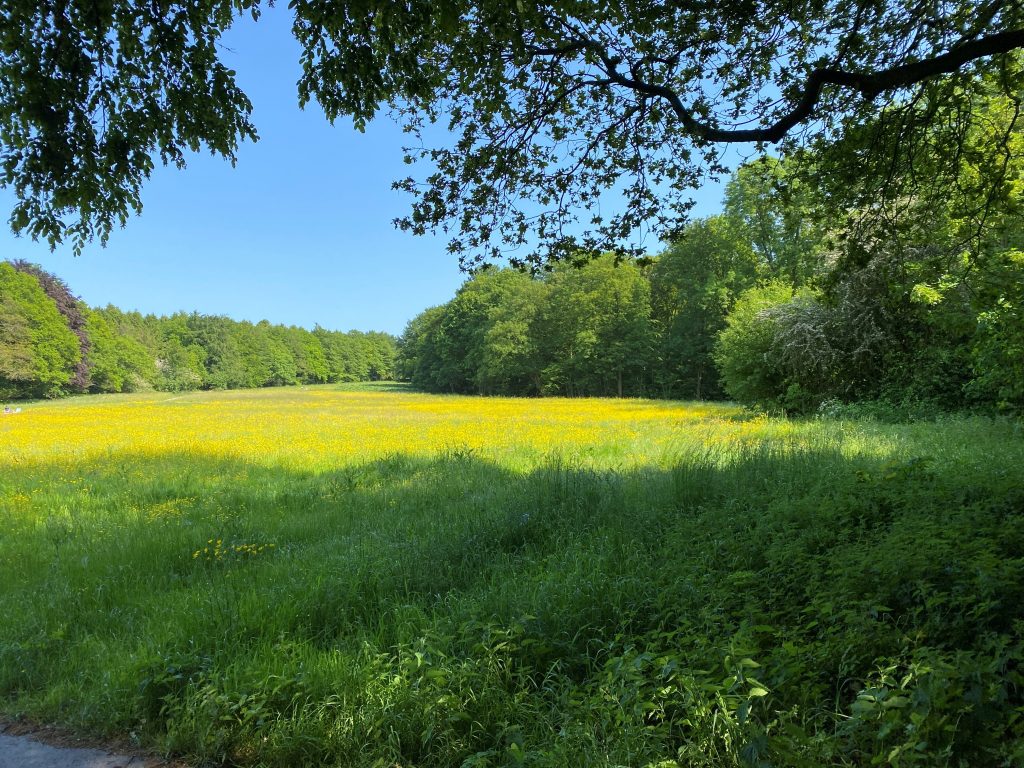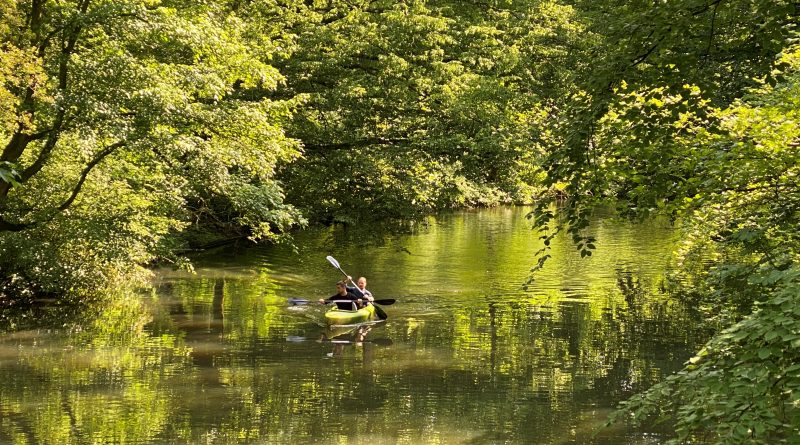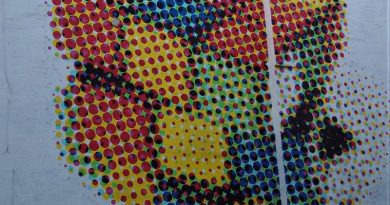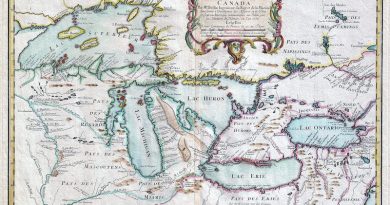The Amsterdam Forest
The Amsterdamse Bos or Forest was created in the 1930s during a giant depression era civil project where all the trees were planted by hand .Spanning an impressive 1,000 hectares, at three times the size of New York’s Central Park the Amsterdamse Bos is among the largest city parks in Europe.
The inspiration came from Dutch botanist Jac. P. Thijsse,. He wanted to make up for the lack of nature in the city by creating a green area to escape to.
Between 1934 and 1940 alone, the forestation project provided work for more than 20,000 unemployed people. Using no other technical means than wheelbarrows and metal dump carts on rails, the labourers created a forest from scratch, using shovels as their main equipment.
The outbreak of the Second World War interrupted the work and the last tree wasn’t planted until 1970.
When designing the Amsterdamse Bos, one thing was certain. The forest was to be used by all the people of Amsterdam. Until then, parks in the Netherlands were primarily intended for a Sunday stroll.

Urban developers Cornelis van Eesteren and Jakoba Mulder looked abroad for inspiration. In London, people were allowed to sit on the grass – revolutionary! In Germany, city parks were mainly used for sports and recreation.
The Amsterdamse Bos has become a perfect mix of natural landscape, recreation and relaxation.
Essential features of the English landscape style are naturalistic forms such as winding streams, curved forest fringes and gently rolling meadows dotted with groves of trees. The vistas and uninterrupted views were consciously incorporated into the design to make the forest seem bigger than it actually is.




